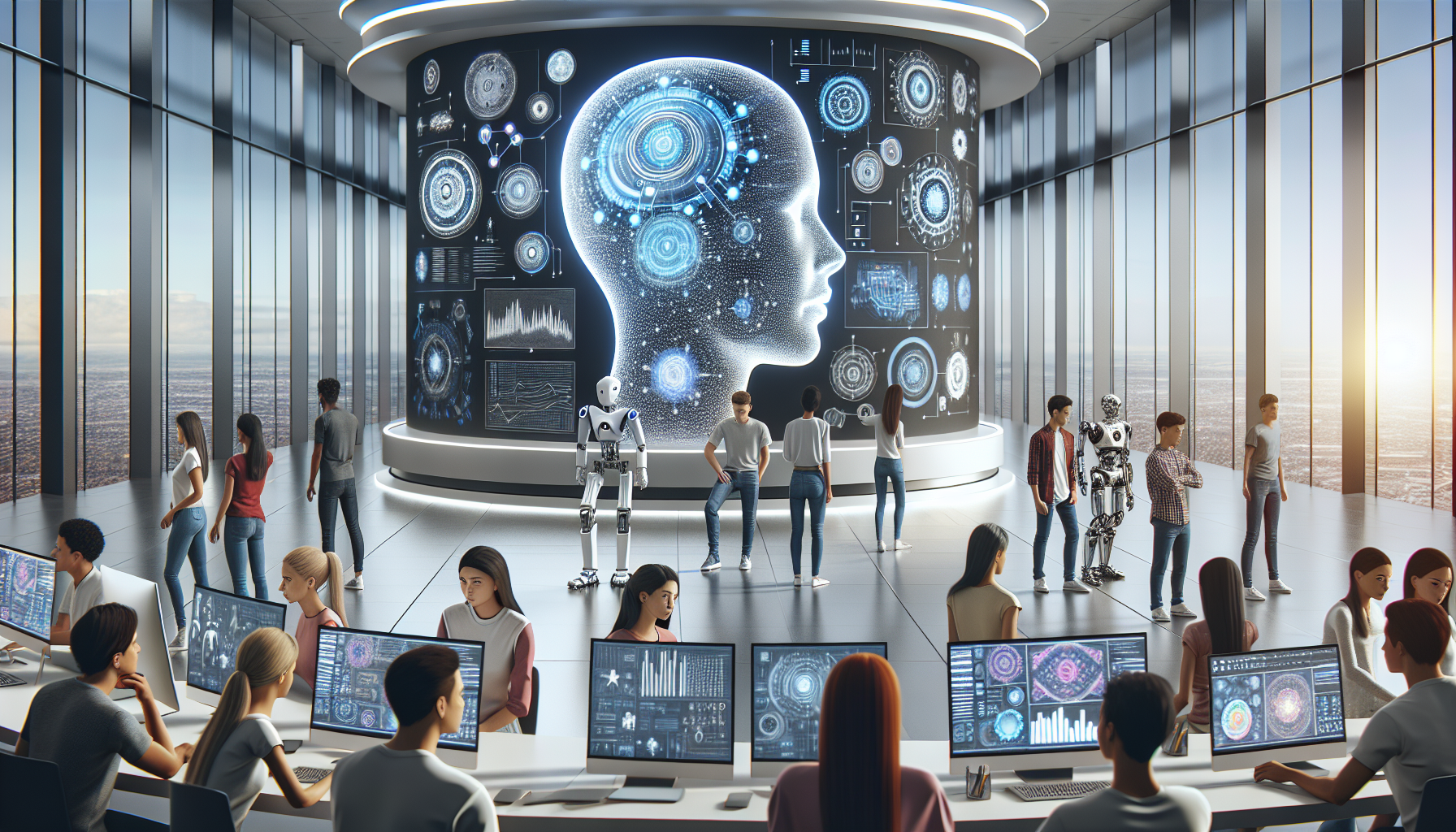
AI and Autonomous Vehicles: Future Predictions Transforming Transportation
May 21, 2025
Imagine a future where your car is not just a mode of transport but an intelligent partner, seamlessly navigating the complexities of the road while you focus on other tasks. This vision, once relegated to the realm of science fiction, is rapidly approaching reality, driven by the relentless advances in artificial intelligence (AI). The role of AI in autonomous vehicles is not just a development; it's a revolution reshaping the very fabric of transportation.
Autonomous vehicles, powered by AI, promise a future where traffic congestion, road accidents, and inefficient fuel consumption are relics of the past. The core of this transformation lies in AI’s ability to process vast amounts of data in real-time, making split-second decisions that are crucial for safe and efficient driving. As these systems continue to evolve, they are expected to surpass human capabilities, offering unprecedented levels of safety and convenience.
One of the most compelling aspects of AI in autonomous vehicles is its potential to drastically reduce traffic accidents. Human error is a leading cause of accidents, and AI systems, with their ability to remain vigilant at all times, can significantly mitigate this risk. These systems are designed to perceive the environment using a combination of sensors, cameras, and radar, creating a detailed map of the vehicle's surroundings. Machine learning algorithms then analyze this data to predict potential hazards and make decisions that prioritize safety. Imagine a world where the tragedy of road accidents becomes a rarity rather than a routine event.
Moreover, AI is set to revolutionize the concept of traffic management. In a world with AI-driven autonomous vehicles, traffic lights and road signs could become obsolete. Instead, vehicles would communicate with each other and with infrastructure in real-time, optimizing routes and speeds to reduce congestion and improve traffic flow. This could lead to more efficient use of road space, less time spent in traffic, and a reduction in emissions, contributing significantly to environmental sustainability.
Another area where AI will play a transformative role is in enhancing the accessibility of transportation. Autonomous vehicles have the potential to provide mobility solutions for individuals who are unable to drive, such as the elderly or disabled. By offering a reliable and safe mode of transport, AI could empower these individuals with greater independence and freedom.
The commercial sector is also poised to experience a seismic shift with the advent of AI in autonomous vehicles. Freight and logistics companies are already investing heavily in autonomous technology, anticipating a future where goods can be transported more efficiently and at lower costs. Autonomous trucks, for instance, can operate continuously without the need for mandatory rest breaks, drastically reducing delivery times and operational costs. This could lead to a more robust supply chain, benefiting businesses and consumers alike.
Despite these promising prospects, the integration of AI in autonomous vehicles is not without its challenges. Ethical considerations, such as decision-making in unavoidable accident scenarios, need to be addressed. Additionally, there are concerns about data privacy and cybersecurity, as these vehicles will rely heavily on data exchange and connectivity. Regulatory frameworks must evolve to address these issues, ensuring that the deployment of autonomous vehicles prioritizes public safety and privacy.
As we look to the future, it is imperative to consider how society will adapt to this new era of transportation. The transition to autonomous vehicles will require a shift in public perception and acceptance. Education and awareness campaigns will play a crucial role in building trust and confidence in AI-driven systems.
The potential of AI in autonomous vehicles is boundless, and as these technologies continue to advance, they promise to redefine the boundaries of what is possible. The journey to a fully autonomous future is not without its hurdles, but the benefits it offers—enhanced safety, efficiency, and accessibility—are too significant to ignore.
So, as we stand on the brink of this technological revolution, one must ask: How will we shape this future to ensure that it serves the greater good, balancing innovation with ethical integrity? The answers to these questions will determine the road ahead, as AI continues to pave the way for the next chapter in transportation history.


